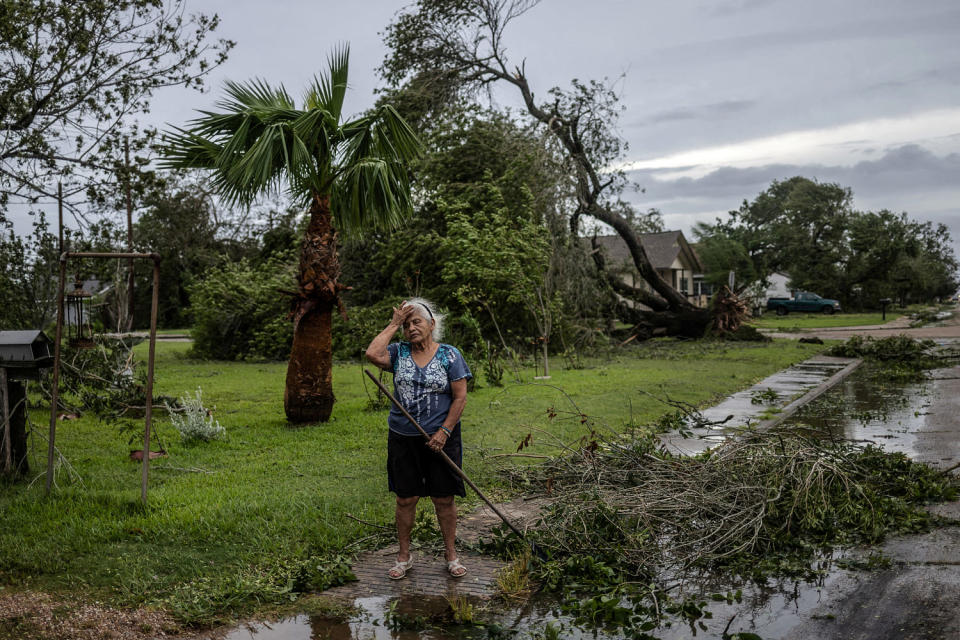Hurricane Beryl accelerated the Atlantic hurricane season when it hit Texas on Monday — and forecasters say this is likely just the beginning.
Colorado State University, a prominent hurricane and tropical weather forecasting center, updated its seasonal forecast on Tuesday, calling Beryl “a likely harbinger of a hyperactive season.”
Forecasters now expect a season with 12 hurricanes, including six that are expected to become Category 3, 4 or 5, meaning they would have wind speeds of at least 110 mph. Overall, researchers predict 25 named storms. Compared to the center’s April forecast, that’s two more named storms than expected and one additional major hurricane.
Researchers estimate there is now a 57% chance of a major hurricane making landfall in the US.

Near-record sea surface temperatures in the Atlantic and the strong possibility of a La Niña weather pattern taking hold are intensifying the risk of dangerous storms, researchers said in a statement. forecast.
Warm seas fuel hurricanes with additional heat and can allow them to intensify quickly. La Niña is a natural pattern of ocean circulation associated with the formation of hurricanes.
“All the conditions we normally see in August and September, we had earlier this year,” said Philip Klotzbach, a Colorado state meteorologist and Atlantic hurricane forecaster. “Beryl was the beast of the storm.”
He said it is unusual for a strong hurricane to form in the eastern Caribbean so early in the season.
“It’s quite unusual for storms to form this time of year,” Klotzbach said, noting that previous years of prominent hurricanes — including 1933 and 2005 — have had similar characteristics.
Hurricane Beryl has already etched his name in the record books as the first Category 4 storm to form in the Atlantic Ocean in June. It soon intensified into a Category 5 storm – the first in the season that a hurricane of this strength formed in the Atlantic Ocean.


“It was impressive to see that longevity and intensity early in the season,” Klotzbach said.
Beryl hit Texas as a Category 1 hurricane, knocking out power to more than 2.25 million customers and leaving at least least seven people dead.
Hurricane season begins June 1st and ends November 30th. It typically begins to peak in late summer and early fall.
The active season is not a surprise. In May, nearly every public, private, and government hurricane forecasting service predicted a big – and perhaps record – year for hurricanes.
This article was originally published in NBCNews. with

































